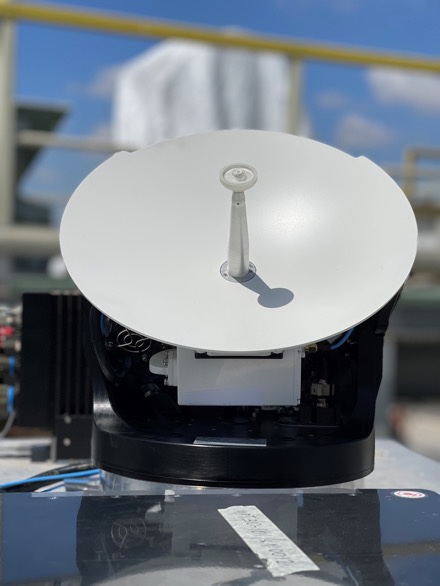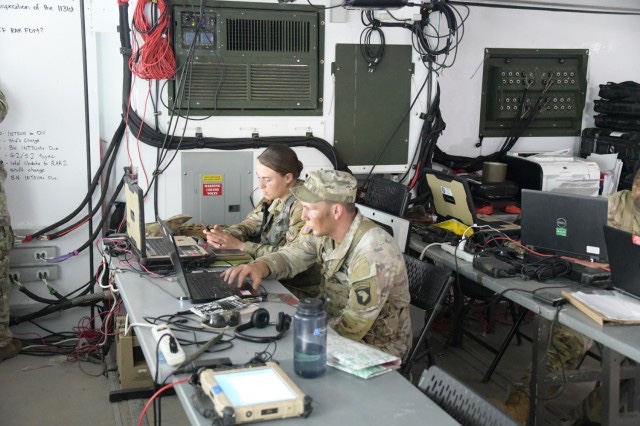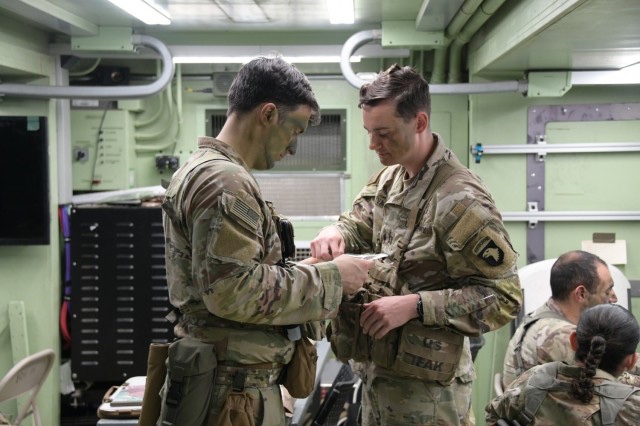Multi-purpose, lightweight aviation terminal provides high forward and return data rates, worldwide interoperability with military SATCOM, enhancing resilience
15 August 2022, Inmarsat, the world leader in global, mobile satellite communications services and Orbit Communications Systems Ltd., a leading provider of airborne communications solutions, today announced that the Orbit GX30 airborne Ka-band multi-purpose terminal (MPT) has received full type approval for use over Inmarsat’s Global Xpress (GX) network for commercial and military Ka-band (Mil Ka).

The GX30 terminal fulfils the ‘everywhere, all-the-time’ coverage requirements of both military and commercial airborne users and allows government users to roam between commercial Ka-band and Mil Ka services. This low size, weight and power (SWaP) user terminal delivers up to 126 Mbps forward link and up to 29 Mbps return link, maintaining uninterrupted connectivity during all flight phases.
Comprised of three Line Replaceable Units, the GX30 terminal consists of a Radio Frequency antenna assembly, a Ka-band Power Supply Unit and a Modem Unit including Inmarsat’s G-MODMAN II solution.
GX30 can be installed on a range of business jets, military aircraft and uncrewed aerial vehicles (UAVs) and complies with industry standards including MIL-STD-188-164C, RTCA DO-160G, Federal Communications Commission (FCC) 47 CFR 25.218 and European Telecommunications Standards Institute (ETSI) EN 303 978. It is compatible with military satellite systems, making it an ideal choice for government airborne Intelligence, Reconnaissance and Surveillance (ISR) applications.
Tuomo Rutanen, VP Sales and Business Development – Americas, Orbit Communications Systems, said “We are proud of this cooperation with Inmarsat. This GX30 design, coupled with Inmarsat’s Global Xpress network, make it an ideal solution for U.S. government missions that transmit large volumes of data, including military aircraft and UAVs.”
For more than 40 years, Inmarsat has been a major driving force behind technological innovation in mobile satellite communications. GX serves as an example of the company’s innovation as the world’s first and only seamless mobile commercial wideband service available worldwide. Since 2015, GX has been the gold standard for reliable communications across land, sea and air domains for assured mobile connectivity when and where needed. Furthermore, Inmarsat high-capacity steerable antennas that operate in Mil Ka allow authorized military users to access reliable and highly available wideband capacity as part of their own independent network.
Matt Wissler, Chief Technology Officer, Inmarsat Government, said: “With its best-in-class performance plus its low size, weight and power requirements, GX30 is a game changer for demanding aero applications. It ensures access to an easy-to-use, reliable wideband mobility solution for increased agility, interoperability, and worldwide coverage. Inmarsat Government is pleased to continue our partnership with Orbit to deliver innovative, forward-looking satellite communications solutions that support today’s complex missions. Inmarsat is sustaining its market leadership through a substantial investment and a powerful network of technology and manufacturing partners. This ongoing innovation provides a fast, cost-effective solution to the U.S. government’s critical need for resilience, speed, and agility to ensure mission success today and in the future.”



















































































































